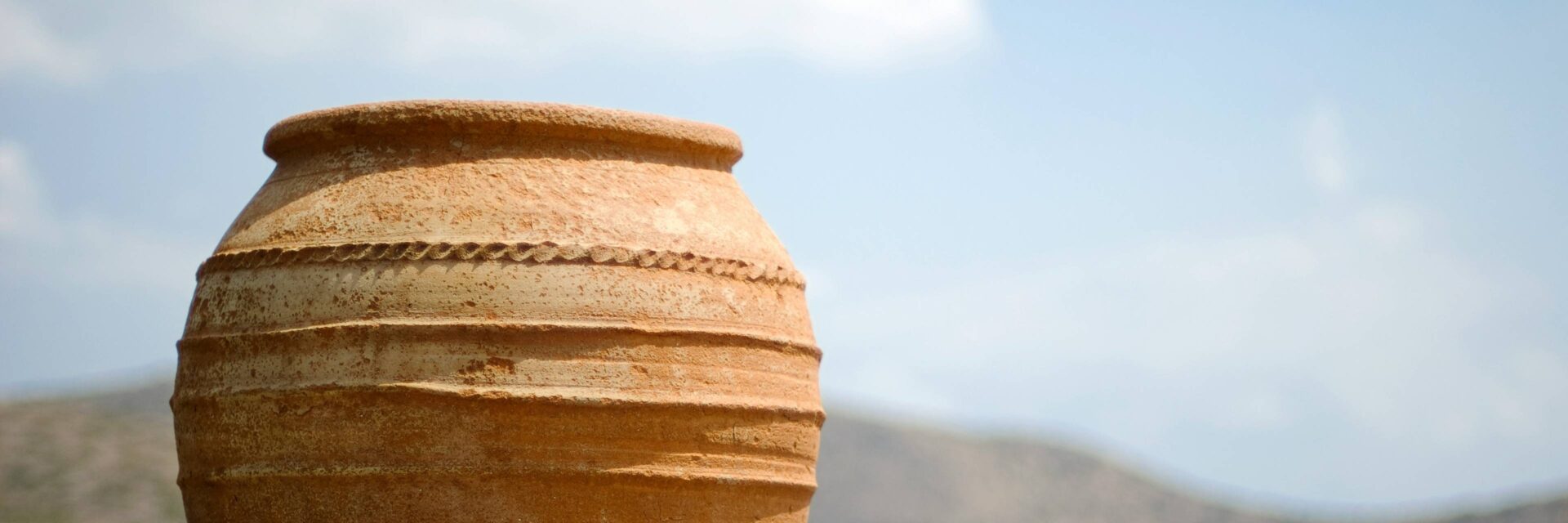
Two Together: Save £100!
Save £100 when you purchase two funeral plans together. Call us for more details.

Buy now, pay in January
Buy your funeral plan today and pay in January for peace of mind this Christmas. Click here for full T&Cs.

Two Together: Save £100!
Save £100 when you purchase two funeral plans together. Call us for more details.

Buy now, pay in January
Buy your funeral plan today and pay in January for peace of mind this Christmas. Click here for full T&Cs.

5 minute read
Exploring the history of cremation takes us back through centuries of tradition and change. With its ups and downs of popularity, cremation provides us with an interesting look at societal development, evolving traditions, and shifts in cultural attitudes towards death and memorial practices.

The practice of cremation dates back thousands of years. In ancient Greece, cremation may have been a practical matter due to disease or as a simple way to transport the remains of fallen soldiers back home. When Rome became the new powerhouse of the ancient world, they too picked up cremation as a practice.
Archaeological evidence found in Bronze Age cemeteries in Britain shows that cremation was a prevalent mortuary practice. However, as Christianity rose as the prominent religion in medieval Europe, including Britain, cremation became less common. This was due to the Christian belief that the body must be kept whole for resurrection. Eventually, cremation was no longer practised in the UK.
Cremation witnessed a renaissance in Victorian England, mostly led by Sir Henry Thompson, a surgeon to Queen Victoria and a public health advocate. He placed himself at the heart of the movement to introduce cremation into British society after being concerned with the spread of disease in crowded cities.
Thompson thought cremation was a necessary sanitary measure but his campaign sparked widespread debate. Eventually, he established The Cremation Society of England in 1874, marking a pivotal moment in the history of UK cremation practices.
The road to getting the public to accept cremation had its challenges. Despite this, the Cremation Society built the first crematorium in Woking in 1879.
Legal recognition came about when Welsh physician and political activist, Dr William Price was tried for attempting to cremate his deceased son in 1884. The court ruled that cremation was legal provided it caused no public nuisance. This landmark case laid the groundwork for the growing acceptance of cremation.
The first legal cremation at the Woking Crematoria happened in March 1885, marking a milestone in funeral history. Mrs. Jeannette C. Pickersgill, a notable literary and scientific personality, was the first to be cremated. By the end of the year, The Cremation Society had overseen two more cremations, setting a trend that saw its popularity continue to rise.
From the early 20th century, the landscape began to change as more crematoria were established across the UK. By 2022, cremation was chosen for almost 80% of all funerals in the British Isles, as reported by The Cremation Society. Today, an increasing number of families are choosing cremation, reflecting a major shift in funeral practices over the last 150 years.
Choosing between cremation and burial is a very personal decision. People will often reflect on their circumstances, preferences, religious beliefs and opinions of loved ones. Here are a few reasons why someone may choose to be cremated after death.
Affordability: A traditional burial can get expensive. Burial and cemetery fees, embalming, a headstone and expenses for a coffin all add up. Cremation costs much less. The SunLife Cost of Dying Report 2024 places the national average cost of cremation at £3,795, whereas they place burial costs at £5,077. With such a large difference in price, it’s no wonder that cremation has become more popular.
Flexibility: A burial service usually must happen at the burial plot, whereas a service for cremation can happen anywhere. This allows families to organise a gathering somewhere meaningful or accessible for travelling mourners.
Personalisation: Cremation provides a few different ways to memorialise a loved one. Ashes can be scattered across various meaningful places, buried in a family plot or kept in an urn to be close to loved ones. Alternatively, ashes can be transformed into jewellery or fireworks for a more unique approach to remembering those who have passed.
Overcrowding of cemeteries: In populated areas where land is limited, cremation becomes a practical choice that addresses space constraints.
Simplicity: A cremation uses fewer resources and it takes less time to plan than a traditional burial. This makes it appealing to those who want to keep their final farewell simple and it is less of a burden to those we leave behind.
In recent decades, direct cremation has been an increasingly popular way to say goodbye to those who have passed. It’s a no-frills approach where the body is cremated without a formal funeral service, offering families the freedom to remember their loved ones in their own way.
Not being present for the funeral became useful during the COVID-19 pandemic due to social distancing measures, but a direct cremation has more benefits than just practicalities. It’s less expensive than a burial and a cremation with a service and it’s a simple approach that appeals to those who like to avoid the pomp and circumstance of a traditional funeral.
Families can still honour the person who has passed, sometimes in a more personal and intimate way. A direct cremation is a simple arrangement that cares for the body and conducts a private cremation without any mourners or attendees. Loved ones can then plan a celebration of life or memorial that is more personal and at a pace that suits them during this difficult time of loss.
Are you thinking about a direct cremation, or perhaps seeking a simpler, more meaningful way to arrange your final wishes? Reach out to us at Aura and our friendly team will be happy to help.